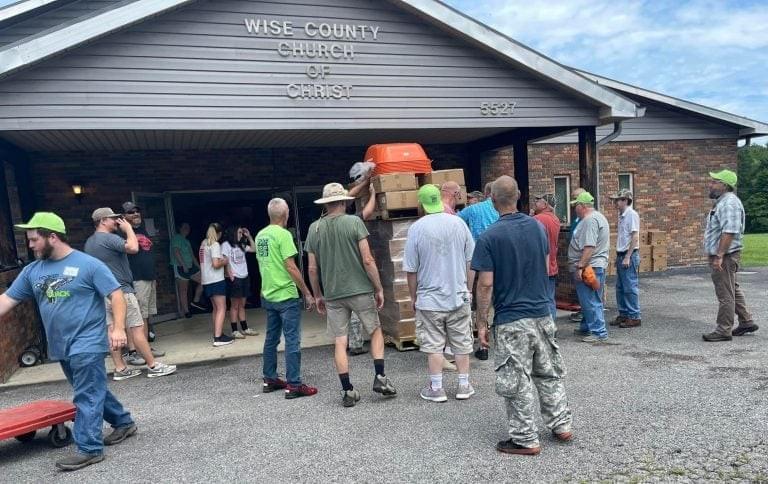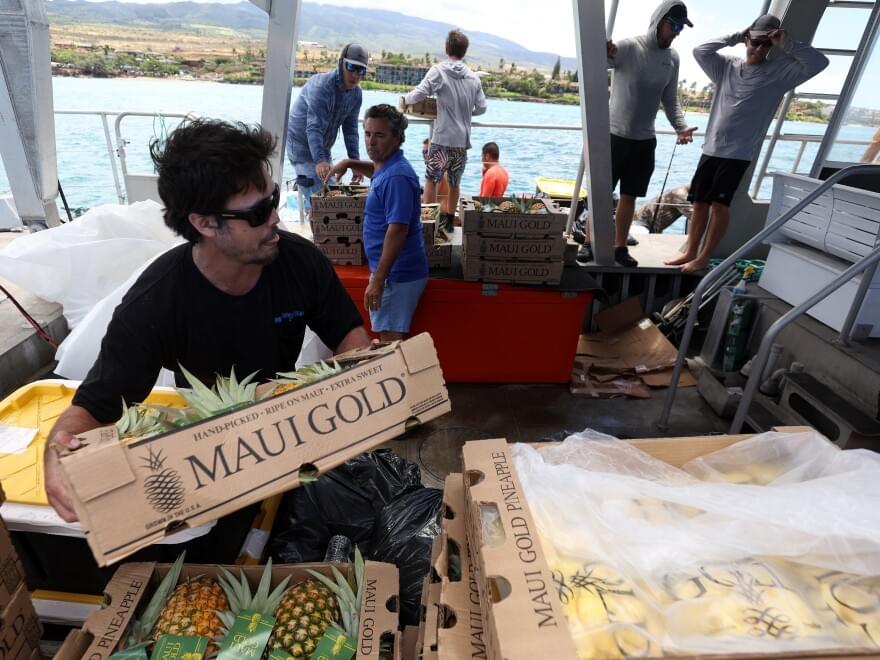August is National Emergency Management Awareness Month, and it is the perfect time to highlight one of the most important, and sometimes overlooked, parts of preparedness: community networks.
When a disaster happens, we often picture FEMA trucks, first responders, and state or local emergency teams rushing in. And yes, they are critical. But in those first hours or days, it is often the people right around you who make the biggest difference.
Your neighbors. Your local church. The volunteer group down the street. These community connections are often the real first line of defense and the heart of long-term recovery.
Neighbors Helping Neighbors
Strong social connections can be just as important as sandbags or bottled water.
Research shows that neighborhoods with strong community ties, even low‑income ones, are more likely to feel prepared and recover faster than areas where people do not know each other. On the other hand, some wealthier communities have struggled because they lacked those personal connections (NSF, Statesman).
Sometimes preparedness is as simple as:
Checking in on an elderly neighbor before a storm.
- Sharing an extra flashlight or bag of ice.
- Helping each other understand evacuation alerts.
- That everyday kindness is also life‑saving resilience.
Faith and Local Organizations: Built‑In Trust

FEMA even has a guide on how to partner with these groups because they are that important (FEMA Guide).
One example is in Westchester County, NY, where a network of churches and nonprofits came together after severe flooding in 2007. They helped clean homes, deliver supplies, and check in on seniors while many survivors were still waiting for FEMA aid.
Volunteer Teams: CERT and Beyond
Community Emergency Response Teams (CERT) are trained neighbors who learn search and rescue, triage, and other lifesaving skills.
When disaster strikes, CERT teams act quickly, bridging the gap between the community and official responders. In Portland, Oregon, local “Neighborhood Emergency Teams” have been a game changer, organizing supplies and information before official crews could arrive (Domestic Preparedness).
Why It Works: Speed and Familiarity
According to recent data, neighborhoods with organized emergency networks:
Respond 72% faster
Experience 65% less property damage than neighborhoods without them (Batten Emergency).
It makes sense. When you know who has the generator, who is good with tools, and who needs extra help, you save precious time.
Mixing Online and Offline Connections
It is not just block parties and phone trees anymore. Many neighborhoods use:
- WhatsApp groups
- Private Facebook pages
- Nextdoor threads
These tools help share real‑time updates, verify information, and organize meetups or drills. Pair that with in‑person connections from faith gatherings, community meetings, or local workshops and you have a network that works both in everyday life and in emergencies (EIS Council).
After the Storm: Community‑Led Recovery

The power of community does not end when the rain stops. After wildfires in Lahaina, grassroots groups stepped up with food, supplies, emotional support, and even advocacy when formal help was slow to arrive (Time).
We have seen this worldwide. Local people organize quickly because they do not have to wait for permission. They simply act.
Bottom Line
National Emergency Management Awareness Month is about more than stocking up on supplies. It is about people.
The stronger our community networks are, the faster we can respond, recover, and thrive after a disaster. And the best part is you can start building that network today, one conversation, one handshake, one shared cup of coffee at a time.
Sources
- National Science Foundation: The importance of community networks for disaster resilience
- Texas Statesman: Social ties matter in flood resilience
- FEMA: Engaging Faith-Based and Community Organizations in Disaster Response
- Domestic Preparedness: The power of community in disaster recovery
- Batten Emergency: Neighborhood emergency networks
- EIS Council: Community resilience
- Time: Maui wildfire community resilience essay
